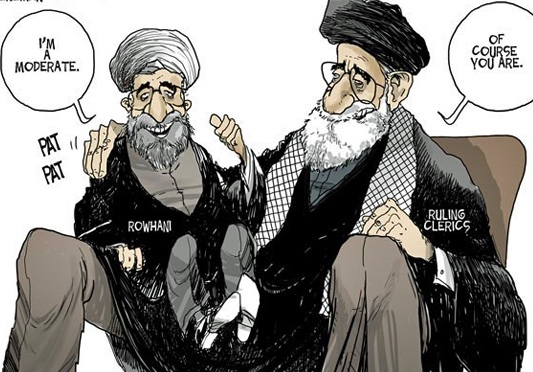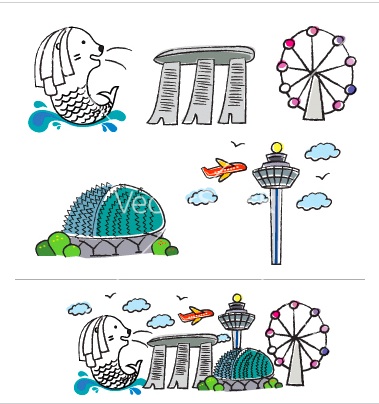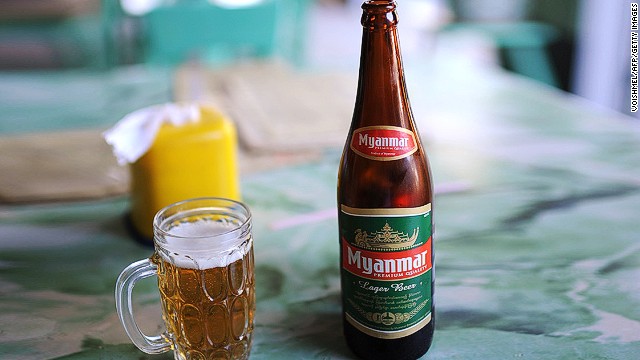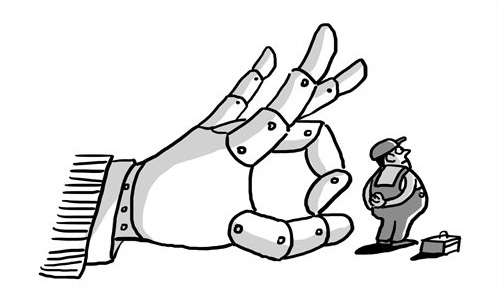Mayor Rahm Emanuel and World Business Chicago today announced a joint Chicago-China business accelerator to provide resources for Chicago small and medium sized businesses looking to enter the Chinese market and make Chicago a gateway for Chinese small and medium sized looking to invest in the United States. Deputy Mayor Steve Koch signed a memorandum of understanding (MOU) launching the business accelerator while on an economic development mission in Beijing, China.
“This new accelerator will support the growth of Chicago’s small businesses, expose Chicago to Chinese companies looking to invest here, and strengthen our longstanding ties with Beijing,” said Mayor Emanuel. “A partnership like this is an excellent example of how shared commerce and cooperation will help to solidify Chicago’s place in the global economy and create new jobs and opportunities here at home.”
The accelerator MOU serves as an agreement between the City of Chicago and eight cities in the People’s Republic of China to foster a business-friendly environment for small businesses to trade, locate and expand. Implemented by World Business Chicago and the Chinese Investment Promotion Agency of the Ministry of Commerce (MOFCOM), the program will help expedite trade and investment by:
o Increasing communication between the City and MOFCOM about businesses looking to trade, locate and expand in China or Chicago.
o Establishing, or bringing together already existing incubators as “soft landing places” in each city for small businesses looking for permanent space.
o Providing local support for businesses by finding resources including service firms, incentives, and others.
“Small and medium-sized businesses are the backbone of our economy,” said World Business Chicago President & CEO Jeff Malehorn. “Through the accelerator, Chicago companies have bolstered support and resources to reach global markets.”
The accelerator is a direct result of the Gateway Cities agreement signed by Mayor Emanuel, Vice Minister of Commerce Wang Chao and the leadership of Beijing, Shanghai, Tianjin, Qingdao, Shenyang, Hangzhou, Wuhan, and Chengdu in December of 2013. That agreement strengthens ties between Chicago and China and establishes Chicago as the gateway to the U.S. for Chinese companies and focuses on manufacturing, tourism, finance and insurance, professional services, wholesale and retail, transportation and logistics, and infrastructure.
Under Mayor Emanuel’s leadership, the City of Chicago has continued to foster growth opportunities with China, including hosting the Vice Minister of Commerce Wang Chao, welcoming numerous delegations and hosting the U.S.-China Joint Commission on Commerce and Trade (JCCT). In addition, multiple prominent Chinese companies have started operations in Chicago, including Wanda Group, Goldwind, and Bank of China. Hainan Airlines and Cathay Pacific have also begun direct flights into Chicago O’Hare International Airport, increasing access to the city for Chinese business leaders.
China is one of Chicago’s largest trading partners with more than 50 Chinese companies in the City of Chicago and approximately 70 Chicago-headquartered companies with operations in China. Total trade between Illinois and China amounted to $34.1 billion in 2014. In 2014, Chicago has seen double the number of Chinese investment projects, eight, than in the year prior and in that time, the City saw the highest total single year investment by Chinese companies. China is now the third-largest foreign investor in greenfield projects (investments not including mergers & acquisitions) after the United Kingdom and Germany.
Deputy Mayor Koch, WBC President & CEO Jeff Malehorn and leaders from companies including Baker & McKenzie LLP, The John Buck Company, Kirkland & Ellis LLC, Locke Lord LLP, Magellan Development Group, Sinode Systems, and the University of Chicago Innovation Exchange, are traveling on the economic development mission in China July 12-18. The trip is a continuation of the efforts made since Mayor Emanuel first signed the MOU in 2013. While in China the mission will meet with over 100 companies to discuss investment in Chicago.











